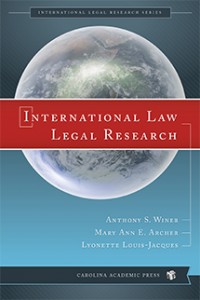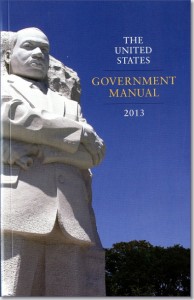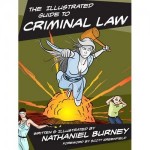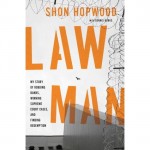![5091914[1]](https://ramseylawlibrary.org/wp-content/uploads/2014/08/50919141.jpg) No lawyer can have an answer prepared for every zinger of a question that pops up when a client calls. Zingers like: “[M}y ex is stealing money from my son’s bank account,” or “my grandmother’s life savings were just wiped out by her investor-boyfriend,” or even “the cops just showed up at my home with a search warrant.” These examples show why it’s critical to be able to find a quick a summary and cite for the authoritative case or controlling statute. That’s where the new edition of this handy tool from Minnesota Continuing Legal Education comes in. Answers to these and other questions are supported by references, commentary, and recommended readings. Also provided is a chapter on the delicate ethics of answering legal questions at cocktail parties. (Hint: It may be better to excuse yourself and go get another drink instead.)
No lawyer can have an answer prepared for every zinger of a question that pops up when a client calls. Zingers like: “[M}y ex is stealing money from my son’s bank account,” or “my grandmother’s life savings were just wiped out by her investor-boyfriend,” or even “the cops just showed up at my home with a search warrant.” These examples show why it’s critical to be able to find a quick a summary and cite for the authoritative case or controlling statute. That’s where the new edition of this handy tool from Minnesota Continuing Legal Education comes in. Answers to these and other questions are supported by references, commentary, and recommended readings. Also provided is a chapter on the delicate ethics of answering legal questions at cocktail parties. (Hint: It may be better to excuse yourself and go get another drink instead.)
With Minnesota-specific answers provided by and for local practitioners, this book can be your lifeline or your entry point. This reference tool cannot be checked out, but if a client just threw a surprise zinger at you while you are at the Court House, swing up to the library to read the quickest answer available. Of course, this legal 9-1-1 manual can provide helpful information to lay people as well.

![Understanding-the-ADA-Goren[1]](https://ramseylawlibrary.org/wp-content/uploads/2014/03/Understanding-the-ADA-Goren1.jpg)

![5310427_big[1]](https://ramseylawlibrary.org/wp-content/uploads/2014/01/5310427_big1.jpg)

![9780123745132_p0_v1_s260x420[1]](https://ramseylawlibrary.org/wp-content/uploads/2013/10/9780123745132_p0_v1_s260x4201-150x150.jpg)
![tvisa-cover_for_web[1]](https://ramseylawlibrary.org/wp-content/uploads/2013/10/tvisa-cover_for_web1-150x150.jpg)


